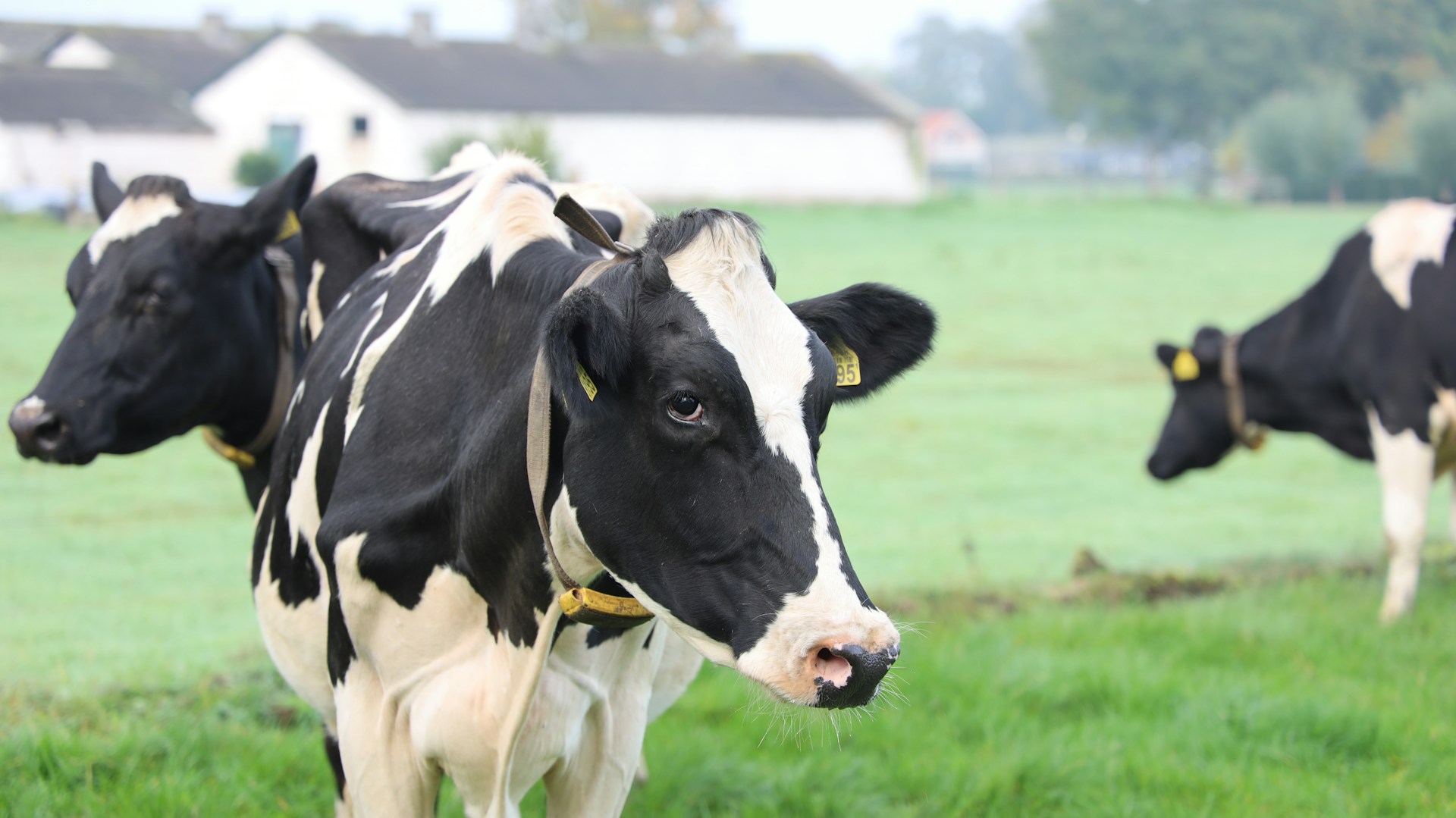Although less commonly found in the atmosphere compared to carbon dioxide, methane is ten times more effective as a greenhouse gas. To tackle this issue, the chemical engineers at Massachusetts Institute of Technology (MIT) have developed a catalyst that can convert methane to valuable polymers at ambient conditions.
The catalyst can work at room temperature and under atmospheric pressure, making it suitable for use at the methane emission sources such as power plants or agricultural facilities.
Michael Strano, the Carbon P. Dubbs Professor of Chemical Engineering at MIT and senior author of the study, emphasises the dual benefit:
“It’s a source of carbon, and we want to keep it out of the atmosphere but also turn it into something useful.”
Dr. Daniel Lundberg and MIT postdoc Jimin Kim are the lead authors of the study. Former postdoc Yu-Ming Tu and postdoc Cody Ritt also authors of the paper.
How to Capture Methane
Methane is produced by methanogens. That is bacteria found in environments such as landfills and swamps and is also a byproduct of natural gas activities like cows farting and burping (No Joke!). Despite its potential as a building block for products like polymers, methane’s stable molecular structure has made its conversion difficult, usually needing high temperatures and pressures making it unfeasible as a genuine process within commercial markets.
The Team of engineers at MIT have come up with a solution. That solution is a hybrid catalyst made up of of two components:
- A zeolite mineral
- The enzyme alcohol oxidase.
In this system, the zeolite converts methane to methanol, and the enzyme further oxidises methanol to formaldehyde. This process also generates hydrogen peroxide, which supplies the necessary oxygen for the initial methane-to-methanol conversion, allowing the reactions to proceed under mild conditions.
The formaldehyde produced can be combined with urea to create urea-formaldehyde, a polymer widely utilised in chipboard and textiles. The researchers suggest that this catalyst could be used as a coating on surfaces that come into contact with methane, enabling on-site polymer production.
Creating a system that incorporates both enzymes and artificial catalysts is a “smart strategy,” says Damien Debecker, a professor at the Institute of Condensed Matter and Nanosciences at the University of Louvain, Belgium.
Integrating the catalyst into natural gas pipelines could enable the on-site production of sealant polymers to fix leaks, tackling both methane emissions and the upkeep of infrastructure. This innovation marks a major step forward in strategies to reduce methane emissions, providing a viable method to transform a powerful greenhouse gas into valuable materials. The results of the study were published in the journal Nature Catalysis.

Hassan graduated with a Master’s degree in Chemical Engineering from the University of Chester (UK). He currently works as a design engineering consultant for one of the largest engineering firms in the world along with being an associate member of the Institute of Chemical Engineers (IChemE).



